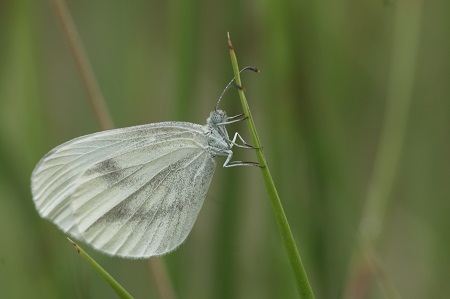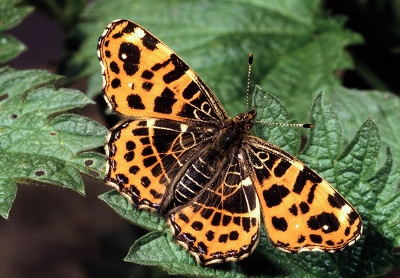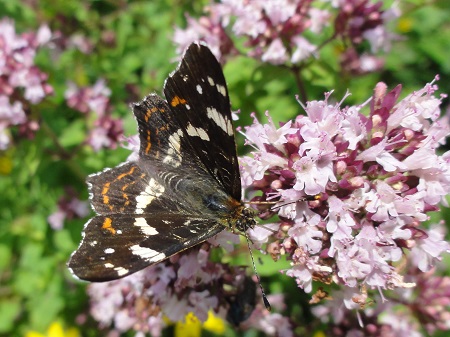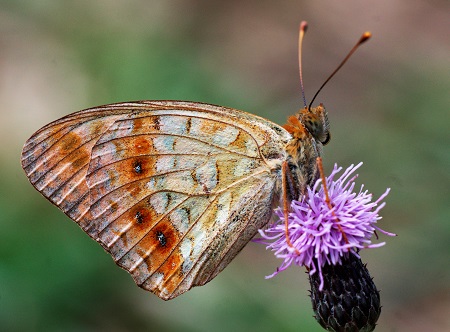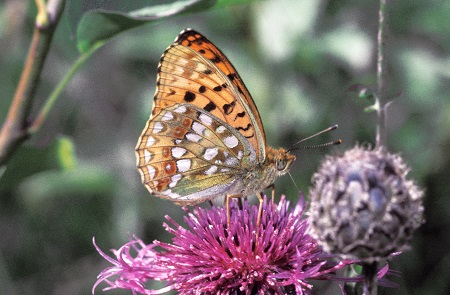|
3. Species, subspecies and form
The knowledge of the species name is not a guarantee that one knows precisely what kind of biological entity is involved. There are many possibilities, which are named either as subspecies or as form and which have a different biological and ecological background.
The study of particular species may be the starting point to new interesting subjects. Each species has its special aspects. A species can be used for reconstruction of species distribution after the last Glacial Period; another species either for changes in inheritance or for responses to recent climate change.
Studying the subject from a special point of view requires also the knowledge about the subspecies or forms that may have different ecological features. In such situations it is inevitable that there will be different opinions.
Species
The scientific name stands for groups of individuals which recognize each other as a mate in reproduction and which are able to reproduce fertile offspring. This seems a sound definition but in practice there are many disputes about precisely what constitutes a particular species. The proof is a breeding experiment but that may involve a lot of work.
Conflicts can arise when a species can live in such different landscapes that it is doubtful whether the populations belong either to the same or to a different species. Nowadays such questions can be solved by DNA-analysis. A recent example is the alcon-blue (Maculinea alcon). This species lives on marsh gentian (Gentiana pneumonanthe) in heathland and wet grassland. A similar butterfly occurs on chalk grassland where the host plant is the cross gentian (Gentiana crusiata) and this butterfly was named Maculinea rebeli. However DNA-analysis shows that both belong to the same species and the name M. rebeli is rejected as being the junior name.
In modern nomenclature a genus-name should include only species which have descended in one or more direct lines from common ancestors, in other words being monophyletic. In this way DNA-analysis may solve the problem if there are doubts. The butterflies of the genus Maculinea were the subject of extensive research, starting with questions about the origin of local populations in Denmark (Kaaber, 1968). The relationship between different populations was investigated in Central Europe (Bereczki et al. 2005). The parasitic life style and the intricate relationship with ants of the genus Myrmica was also subject of detailed research (Thomas et al. 1989, Fiedler, 1989). All these papers contribute to the evolution and subsequently to the nomenclature of this genus. A well-known paper was published in Nature (Als et al. 2004) about the historical lines of evolution, followed by the cutting of the Gordian knot in Systematic Entomology (Fric et al. 2007). The latter authors rejected the name Maculinea and replaced this with Phengaris, a decision based on their results of DNA-analysis. However, not everybody agrees with this change in traditional names, mainly because the matter is too complicated and the final results were ambiguous (Balleto, Benelli, Settele, Thomas, Verovnik & Wahlberg, 2010 in Bulletin of Zoological Nomenclature, vol 67, part1, Case 3508, and see also Bink 2010a).
Difficult species
There are species which resemble each other so closely that it is very difficult to make a correct specific identification. In the family of the whites and yellows (Pieridae) there are three examples: the pale clouded yellow (Colias hyale) and the Berger’s clouded yellow (Colias alfacariensis) are very similar in the adult stage, however these two species are easy to distinguish in the larval stage, which use different food-plants.
But there are other species, which have been divided recently into two separate species, based upon very subtle differences in morphology or chemical composition of their body tissues, for example: the bath white (Pontia daplidice) and the wood white (Leptidea sinapis). From the former species the eastern bath white (Pontia edusa) was separated as a result of enzyme analysis and observations of behaviour in breeding experiments. The latter seems to occur mainly in East-Europe.
|
|
The wood white (Leptidea sinapis s.l.) has a complicated reproductve system
and produces different races which are considered as species by some authors.
Photograph: Jeroen Voogd ©. |
The wood white is separated on morphological differences in genitalia and was split into Leptidea sinapis and Leptidea reali. More recently, the Irish subspecies Leptidea sinapis juvernica was considered to be a separate species by some authors. So far this differentiation has not opened new biological or ecological insights and in this situation full of uncertainties, the original names of the species can be used with addition of s.l. (sensu lato).
Subspecies
In the Benelux the large copper occurs in two subspecies which differ in flight period of the adults and in use of the landscape. In the north of the Netherlands there occurs the famous single brooded large copper, Lycaena dispar batava, which closely resembles the extinct English Lycaena dispar dispar and in the south of Belgium and Luxemburg, near to the French border, there occurs the somewhat smaller, double brooded subspecies Lycaena dispar carueli. Because of the warmer climate in south Belgium the butterflies emerge four weeks earlier than in the Netherlands and may produce a second generation. The main difference in both subspecies is the beginning and ending of their larval diapause.
Form
Some species produce butterflies so different in appearance that it is hardly to believe that they belong to one and the same species. The famous example is the map (Araschnia levana) in which the spring generation is very different from the summer generation. For a long time they were considered as two different species. The environmental factor which caused this difference is warmth in the pupal stage. The red brown spring generation is now known as Araschnia levana f. levana and the black-white summer generations as Araschnia levana f. prorsa.
|
|
|
The map butterfly (Araschnia levana) was formerly known as two species: levana and prorsa.
Now we know them as A. levana forma levana in spring
and as A. levana forma prorsa in the summer.
Photographs: Frits Bink ©.
|
The occurrence of aberrant individuals within a population have in most cases a genetic base. These forms occur in variable amounts; in some species frequent in others very rare. Among the fritillaries there often occur individuals from which the pearl spots on the underside of the hind wing are dull in colour. They were given a name, examples: in the high brown fritillary (Argynnis adippe f. cleodoxa), in the niobe fritillary (Argynnis niobe f. eris). The very rare greenish female form of silver-washed fritillary is called Argynnis paphia f. valesina.
However, sometimes it is difficult to ascertain if it simply a form or a different subspecies; this is the case with the lesser purple emperor (Apatura ilia) since its form clytie occurs mainly in the southern regions of Europe.
|


